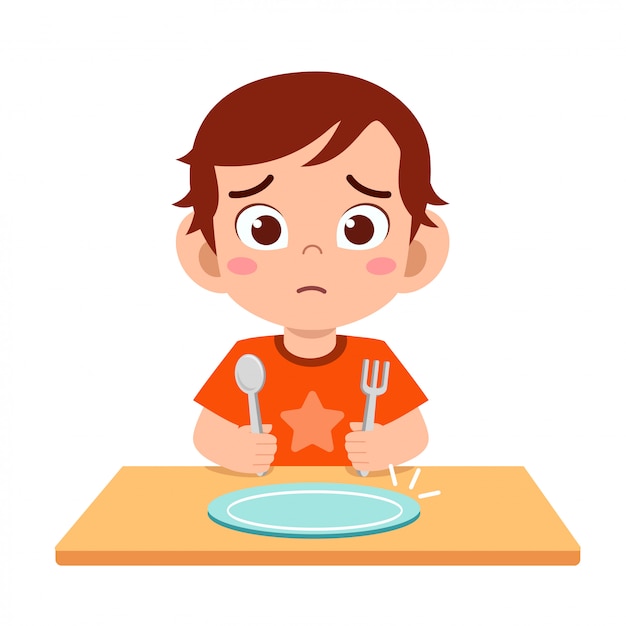Suy dinh dưỡng – Nguyên nhân và hậu quả
Published date 27/01/2021
According to the Ministry of Health | Maternal and Child Health Department
Malnutrition is a deficiency of essential nutrients that affects the normal life, functioning and growth of the body. Malnutrition in children is common between 6 and 24 months of age. This is the period when children need high nutritional needs, are learning to adapt to the environment and are very sensitive to diseases.

Causes of malnutrition.
Malnutrition is a common health problem, and it occurs when the diet does not contain enough nutrients or when the body has problems absorbing nutrients from food. There are many other possible reasons such as:
– In daily life, children are not fully breastfed, eat solid foods early (before 4 months of age)
– Food is not suitable for taste or children are not allowed to eat a variety of different foods
– Because children often suffer from infectious diseases (diarrhea, pneumonia, helminths…) must use drugs that are effective in killing disease-causing germs, and at the same time will kill all beneficial bacteria in the body. intestine, reducing food fermentation leading to malabsorption and anorexia.
– gặp Children encounter psychological problems when the family has excessive forceful actions to feed the child, making the child prone to fear, which in the long run will cause anorexia leading to malnutrition.
Consequences of malnutrition
Malnourished children are susceptible to respiratory and intestinal infections. Most concerning is the child’s slow development both physically and mentally. Malnutrition causes all organs to decrease in development, the first is the musculoskeletal system, which directly affects the height and stature of children.
The second is reduced brain development, slowness, reduced learning, receptiveness, poor social communication and lower working ability in adulthood.
Treatment of malnutrition
Depending on the cause that is causing the malnutrition and the severity to give treatment at home or in the hospital. Usually, dietary changes are the most common treatment for malnutrition. The diet may require increasing the nutritional content of the child’s food, or taking nutritional supplements as directed by the doctor.
Preventing child malnutrition
Measures to prevent malnutrition
– Breastfeeding immediately after birth and lasting from 18-24 months, if the mother does not have enough milk, she needs a suitable milk source to replace the baby.
– Have a reasonable nutrition for children to gain healthy weight: Give them solid foods when they are 6 months old, eat all 4 main food groups such as flour, sugar, fatty protein, vitamins and minerals. Pay attention to choose fresh foods, limit processed foods, cook food thoroughly to prevent children from intestinal diseases such as worms and flukes.
– Monitor the monthly growth chart to detect the condition early and prevent the risk of causing malnutrition in children.
– Do not abuse antibiotics when treating children’s diseases, only use antibiotics at the full dose and time according to the doctor’s instructions. Proper nutrition care during illness and after to restore nutrition for children. Routine vaccinations and deworming.
Signs of malnutrition
Symptoms of malnourished children can include reasons such as: weight not growing as expected for 3 consecutive months.
Children often have changes in behavior, such as frequent fussiness, less play and less flexibility, slower body than their peers. The muscles of the arms and legs are soft, and the belly is getting bigger. In particular, the most obvious signs are when children have slow motor development such as slow rolling, sitting, crawling, walking and standing. Especially, a very common phenomenon today is the prolonged anorexia of children.
If the child’s weight does not increase for 3 consecutive months or has the above symptoms, mothers need to take the child to a nutritionist!








